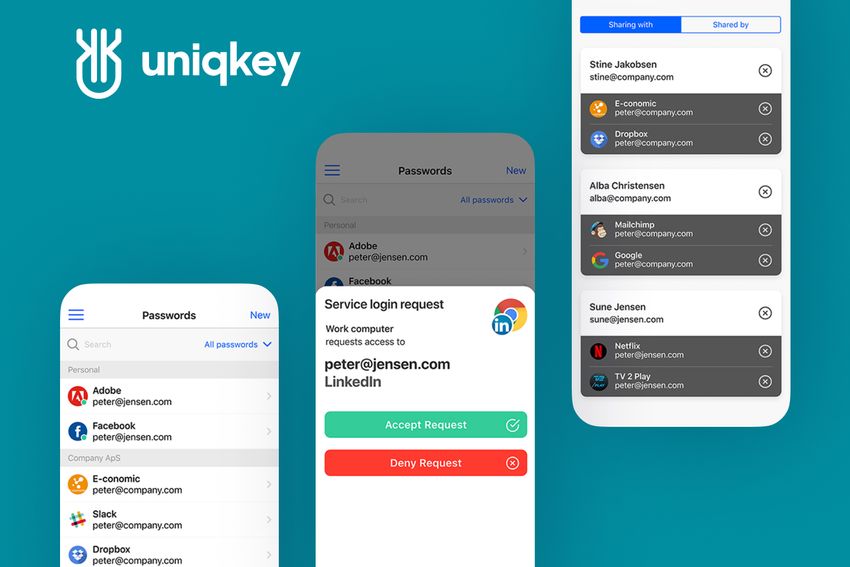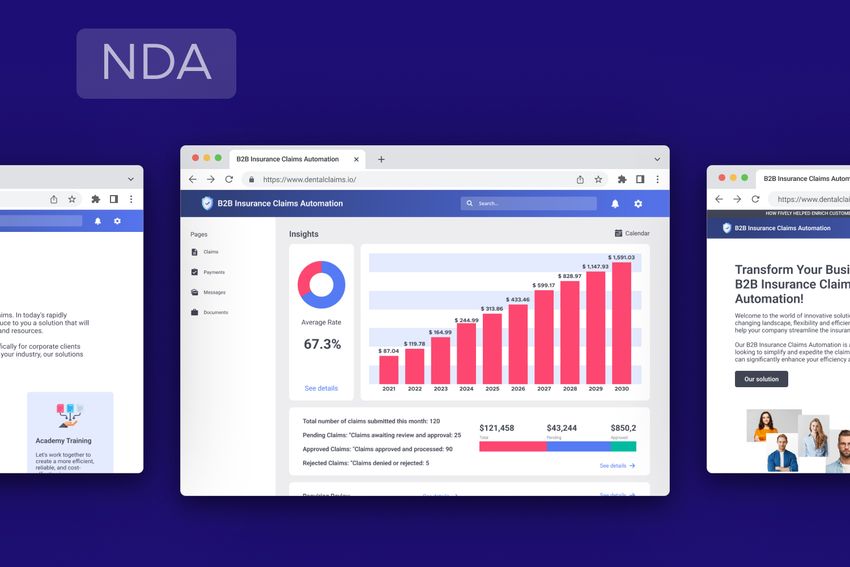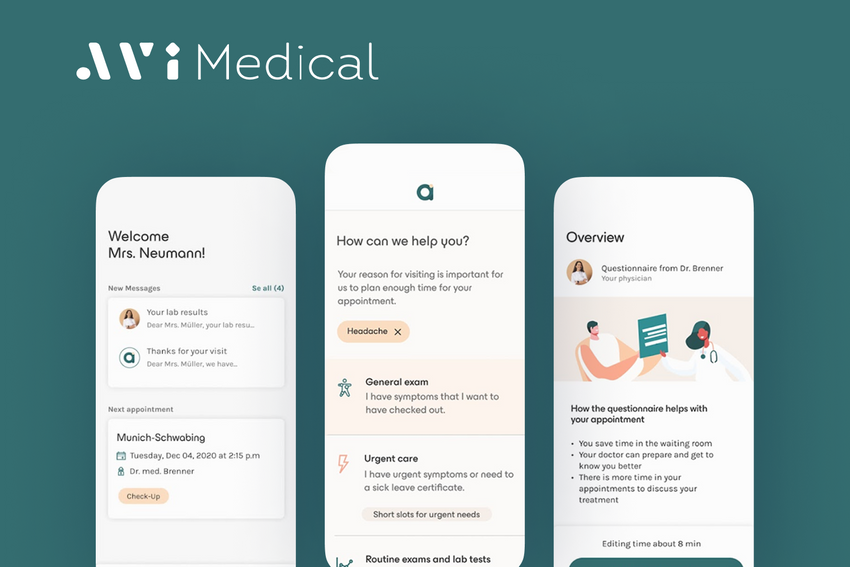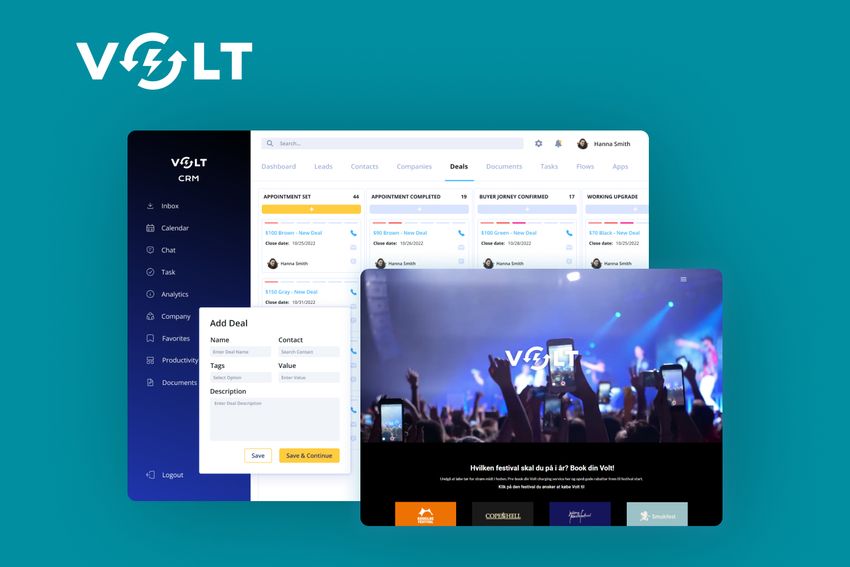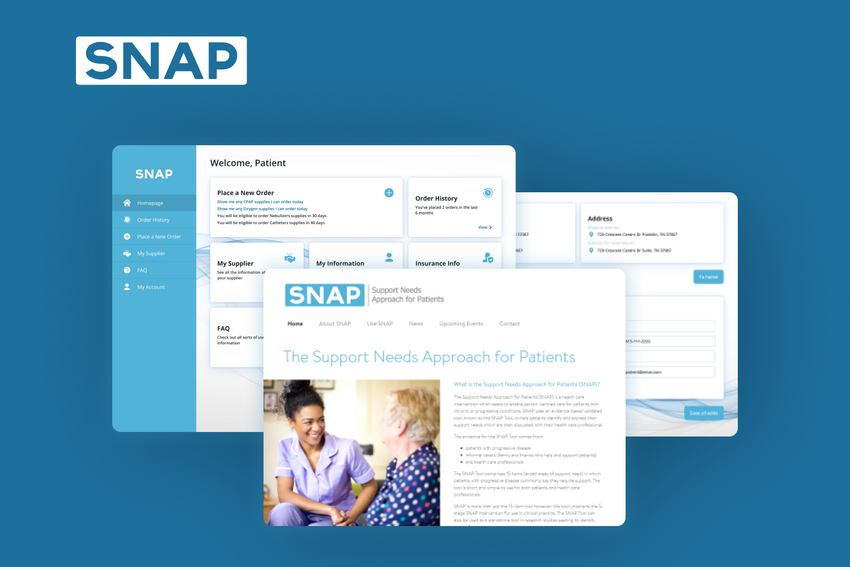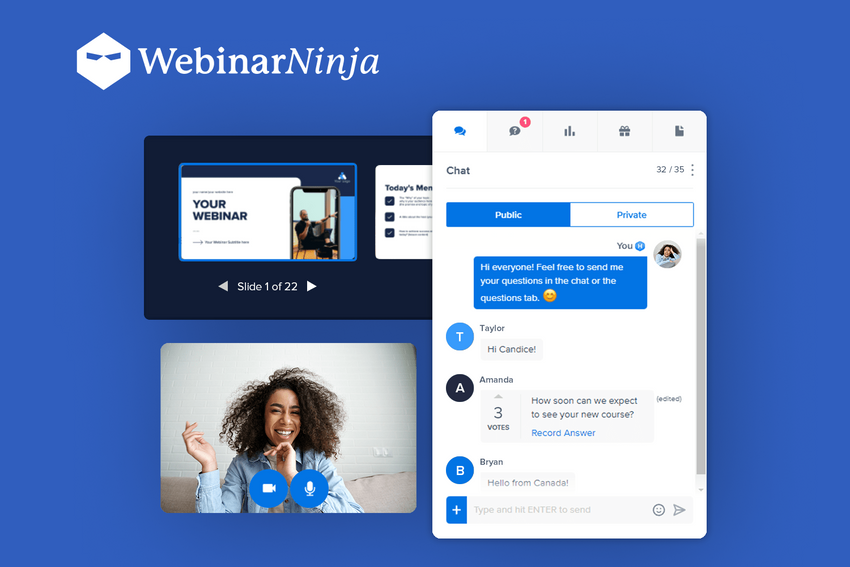In-House Team vs Outsourcing Software Development: Pros and Cons of Both Tactics
A full guide on choosing between in-house and outsourcing software development including factors like control, cost, expertise, and communication, depending on your business needs.
In the era of remote work and online services of all possible kinds, the battle between in-house teams and outsourcing is more intense than ever. According to Deloitte, over 76% of companies outsourced their IT functions in 2024, especially those connected with coding, quality assurance (QA), and UX/UI design. Should you rely on the skills of your in-house experts, or tap into the global talent pool and outsource your development?
Both options come with their own set of challenges and rewards, but the question is — how do you choose the right path for your business between in-house vs outsourcing models? In this article, we’ll break down the key benefits and challenges of outsourcing and in-house teams, so you can choose the one that suits you best.
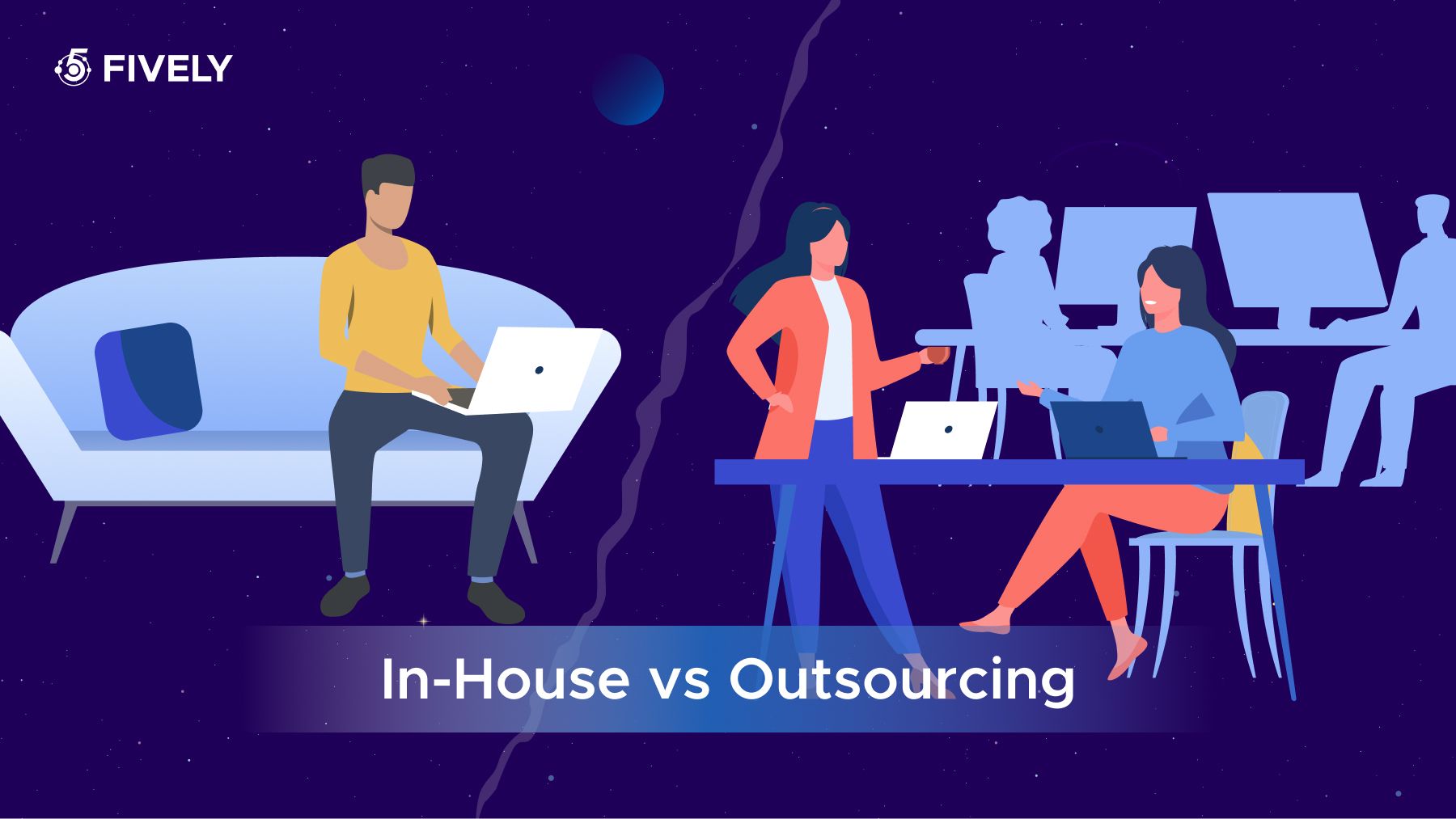
Key Takeaways
- In-house Development offers more control, direct communication, and intellectual property security but comes with higher costs, limited expertise, and recruitment challenges.
- Outsourcing provides cost-effectiveness, access to specialized talent, and faster project delivery, but comes with challenges in communication, control, and long-term commitment.
- Factors to Consider when choosing the right model: Financial resources, available skill sets, speed of execution, confidentiality, and focus on core tasks should guide the decision between in-house and outsourcing.
- The decision depends on the project’s complexity, resources, and long-term goals. Consider both the immediate benefits and the potential drawbacks of each option.
The Difference Between Outsourcing and In-House
First, please take a look at the clear side-by-side comparison of both approaches - it will be easier for you to decide which is best suited for a project depending on the company’s goals, needs, and resources.
Now, let’s proceed with the details and peculiarities of each approach.
Top 5 Benefits of In-House Software Development
In-house software development brings several distinct advantages, particularly when it comes to aligning your team with company culture and business goals.
On-site availability
Having your development team on-site means quicker collaboration and immediate availability for meetings or quick adjustments. There's no delay caused by time zones or waiting for updates, allowing for faster responses and smoother workflows.
Clearer communication
Direct, face-to-face communication can significantly reduce misunderstandings and misinterpretations. With an in-house team, discussions about project requirements, scope changes, and feedback can happen in real-time, ensuring that everyone is aligned and working towards the same goals.
More direct control over the situation
With in-house developers, you have full oversight over every stage of the development process. You can closely monitor progress, set priorities, and adjust direction as needed without needing to go through external parties. This direct control leads to faster decision-making and a more flexible response to issues as they arise.
Intellectual Property Security
When you manage your software development in-house, you can have tighter control over intellectual property (IP) security. With no third parties involved, the risk of IP theft or misuse is significantly reduced. Sensitive data, proprietary code, and business-critical systems are handled within the company, ensuring that all intellectual property remains secure and confidential.
Cons of In-House Software Development
While in-house software development offers many benefits, it also comes with its set of challenges that businesses need to consider.
Higher ongoing costs
Building and maintaining an in-house team can be significantly more expensive than outsourcing. Not only do you have to pay for salaries, benefits, and training, but you also need to invest in office space, software tools, and infrastructure. These ongoing costs can quickly add up, particularly for smaller businesses with tight budgets.
Limited skills and expertise
An in-house team may have limited expertise in specific areas of development. While they may be proficient in core technologies, they may lack the specialized skills required for niche tasks like machine learning, cybersecurity, or cloud infrastructure. This can lead to skills gaps that require additional training or hiring efforts.
Lower retention rates
Keeping a skilled in-house team can be challenging, especially in a competitive tech landscape. High turnover rates can disrupt project timelines, result in knowledge loss, and increase recruitment costs. Retaining talent often requires offering attractive benefits, pay packages, and career growth opportunities, which can become costly over time.
Time-consuming recruitment
Recruiting the right in-house talent is time-consuming and often lengthy. Finding developers who fit with your company’s culture and possess the necessary technical expertise can take months, which could delay project timelines. Additionally, the recruitment process can become a drain on management resources and attention, preventing teams from focusing on critical development work.
Main Benefits of Outsourcing
During the last few years, this sector has experienced consistent growth, with a CAGR of over 5% from 2020 to 2023. According to the report by Mordor Intelligence, it is projected to grow from $617.69 billion in 2024 to over $800 billion by 2029. Outsourcing software development offers several advantages that can significantly improve a company's efficiency and overall success.
Cost-effectiveness
Outsourcing allows businesses to reduce overhead costs by hiring external developers, often from regions with lower labor costs. This results in significant savings, as you don’t have to invest in recruiting, training, and maintaining an in-house team. Additionally, you can scale the team up or down depending on your project needs, making it a more flexible and cost-effective option in the long run.
Short-term commitments
Outsourcing allows businesses to work with developers on a project-by-project basis, without the long-term commitments of in-house hiring. This flexibility is particularly beneficial for companies with fluctuating workloads or those working on short-term initiatives. Once the project is completed, the contract ends, saving time and resources for both parties.
Access to expert talent
Outsourcing gives you access to a vast pool of talent with specialized skills that may be hard to find in your local market. Whether you need experts in AI, blockchain, or a specific framework, outsourcing enables you to partner with professionals who have the necessary expertise for the job. This can result in higher-quality work and innovative solutions.
Faster project delivery
With an outsourced team, you can often accelerate development due to their experience with similar projects and the ability to dedicate more resources to your work. Outsourcing companies are typically agile and have established workflows in place, allowing for quicker turnaround times. Additionally, working with a larger team can help meet deadlines and complete the project more efficiently.
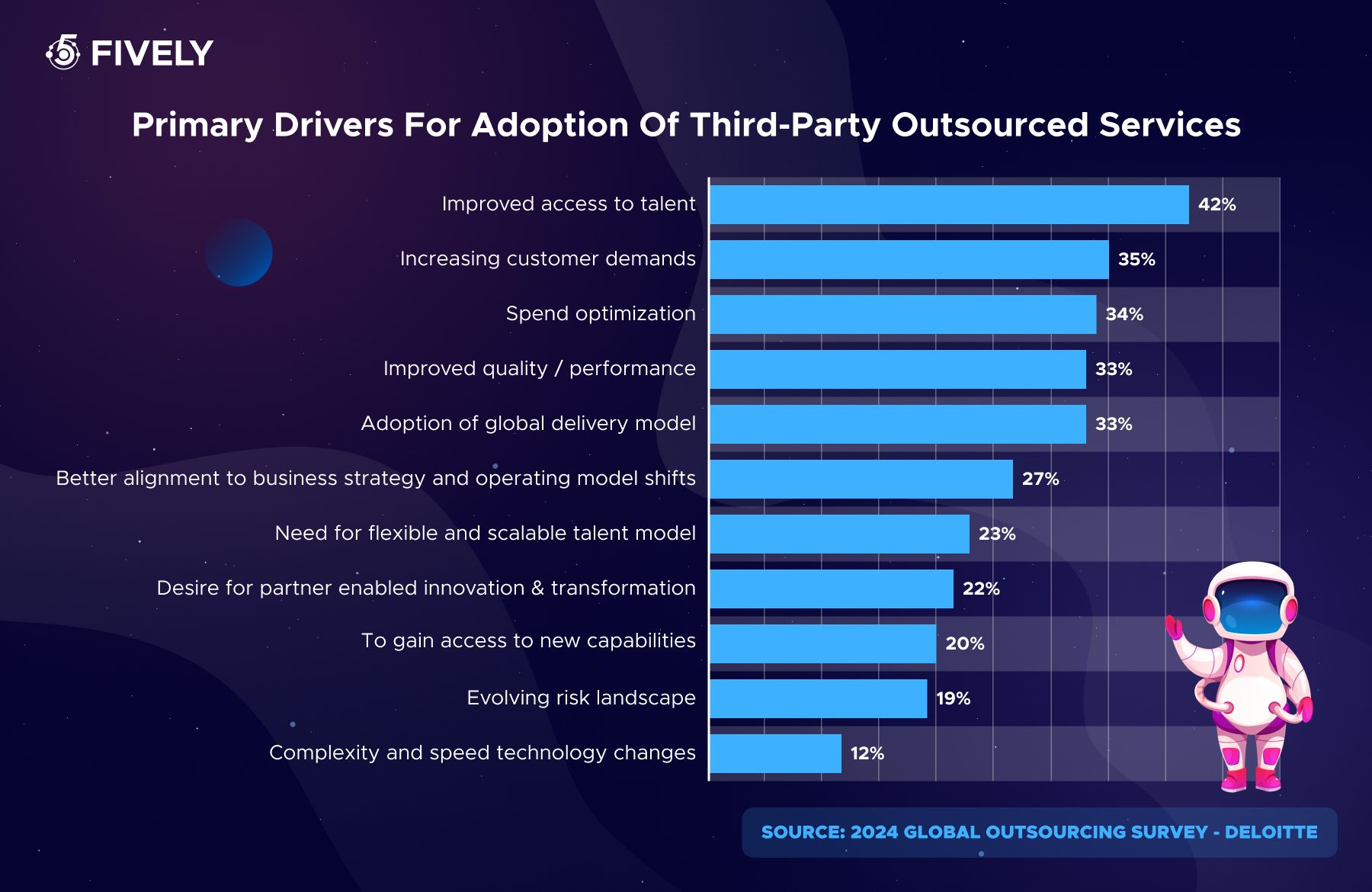
Downsides of Outsourcing
While outsourcing can offer many advantages, there are also some challenges that businesses must consider before deciding to take this route.
Less Control and Communication
When outsourcing, you typically have less direct control over the project and the development process. Communication can become more challenging due to different time zones, cultural differences, and geographical distances. This can lead to misunderstandings, delays, or a lack of alignment with your internal team’s goals and company vision.
There’s Less Long-Term Commitment on Both Sides
Outsourcing often comes with short-term contracts or project-based agreements. While this is beneficial for flexibility, it can also lead to a lack of long-term commitment. The outsourced team may not feel as invested in the company's long-term success, which can affect the consistency and continuity of the work, especially if the team is frequently changed or rotated.
Hard to Maintain Company Standards
When working with an external team, it can be more difficult to ensure that the development process adheres to your company’s standards and quality controls. Maintaining the same level of quality, security, and internal processes may be challenging, particularly if the outsourced team is unfamiliar with your organizational culture or practices. This could lead to discrepancies in deliverables, potentially requiring additional resources to correct.
The Most Commonly Outsourced Services
Outsourcing can be an effective strategy for various business functions. Some services are more commonly outsourced than others due to their ability to save time, reduce costs, and bring in specialized expertise. Below are the most frequently outsourced services:
Software Development
Software development is one of the most outsourced services, particularly when businesses need to scale quickly, access expert talent, or reduce operational costs. By outsourcing development, companies can tap into a global pool of developers, get projects done faster, and focus on their core competencies without having to maintain a large in-house development team.
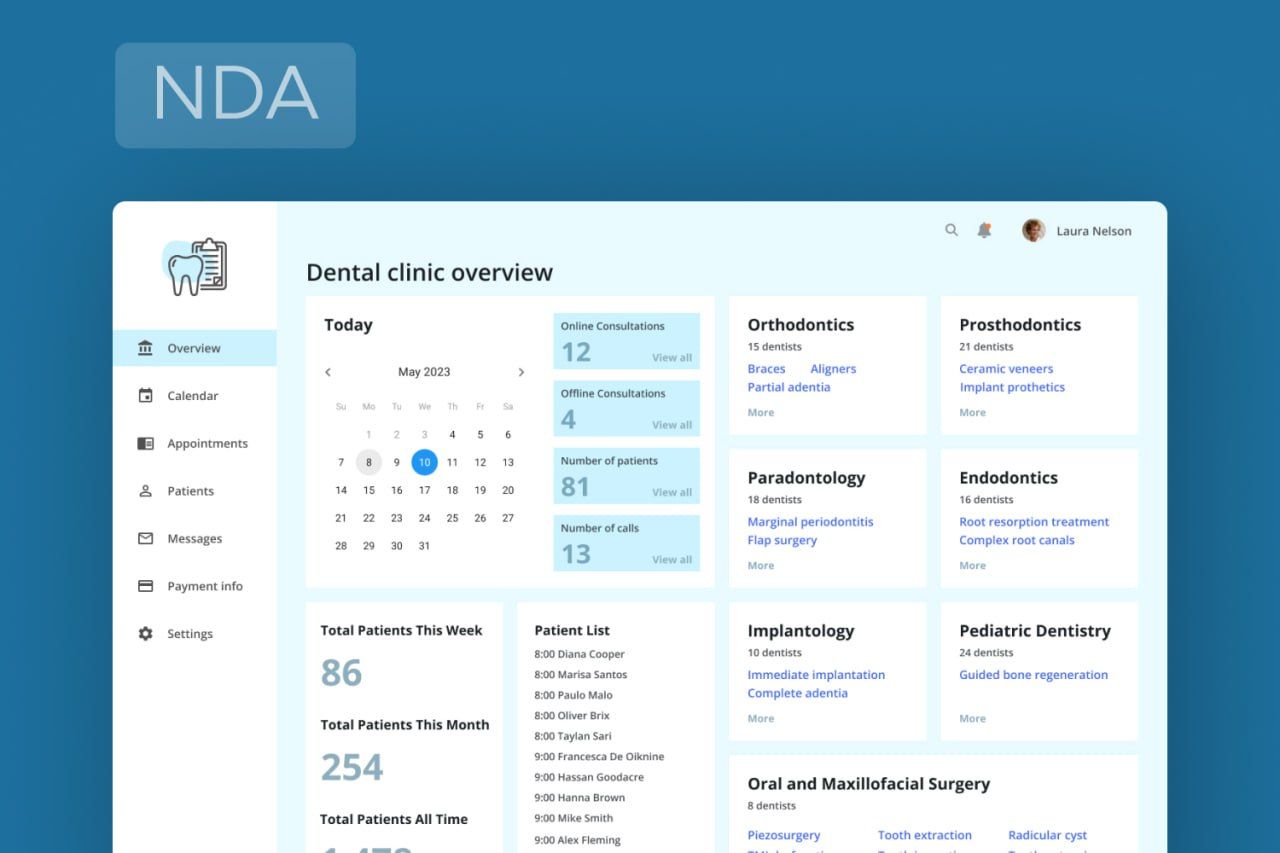
Web Design
Web design is another area where outsourcing is prevalent. Many businesses, particularly small and mid-sized companies, outsource web design to agencies or freelance designers who have specialized skills. This allows businesses to create a professional and attractive online presence without investing heavily in building an internal design team.

Quality Assurance and Testing
Many businesses outsource quality assurance (QA) and testing to ensure their software and applications meet high standards before launch. This approach allows companies to leverage specialized QA teams, reduce in-house costs, and ensure thorough testing across different devices and platforms. Outsourced QA services cover everything from functional and security testing to automation and performance testing, helping businesses deliver high-quality, bug-free products.
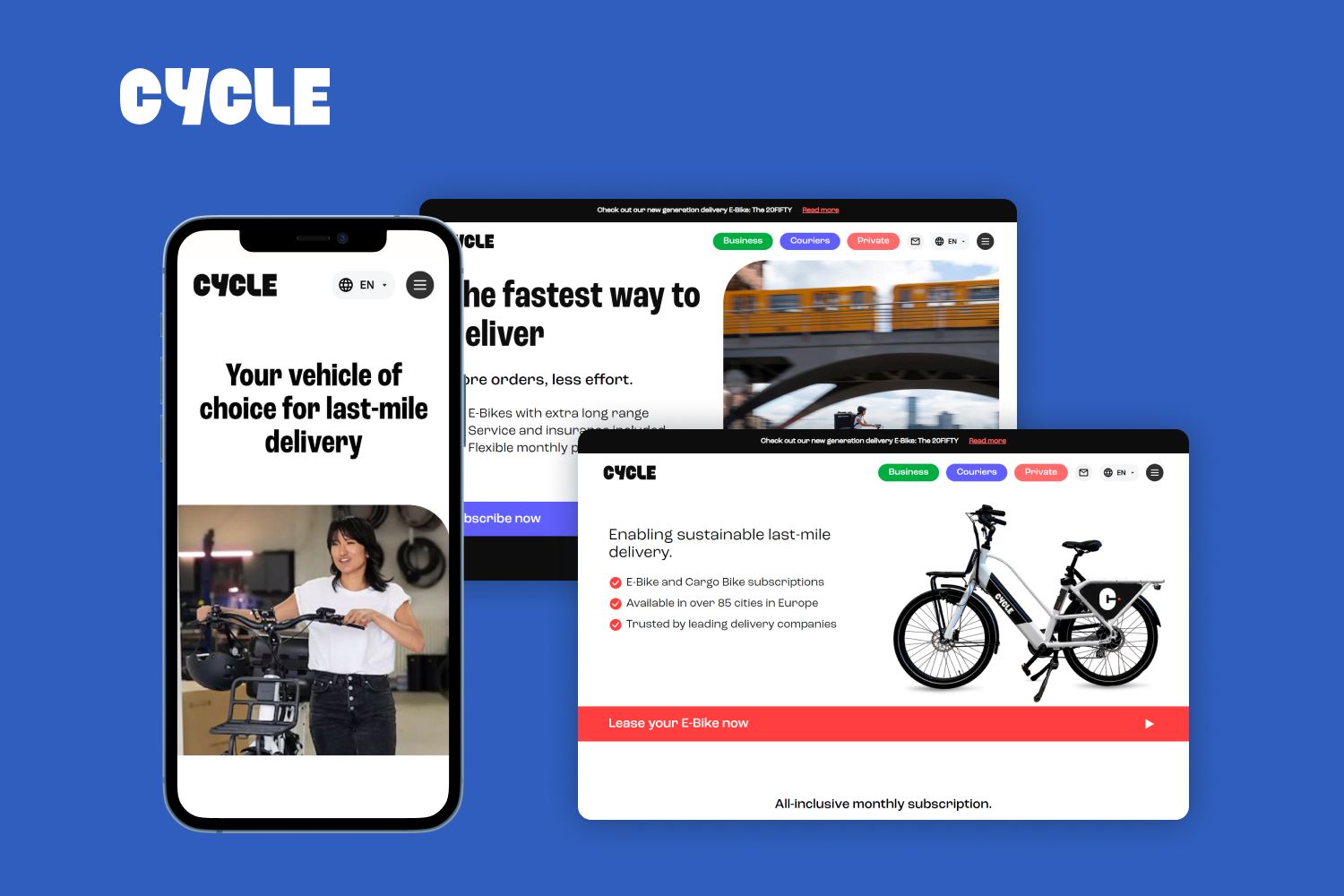
Project Management
Outsourcing project management enables businesses to streamline operations and meet deadlines efficiently. Experienced external project managers bring industry expertise, standardized methodologies, and objective perspectives to oversee development cycles, resource allocation, and risk mitigation. This ensures smooth collaboration across teams, improved workflow efficiency, and successful project execution without the overhead of maintaining a full-time in-house management team.
Factors to Consider When Choosing Between In-house and Outsourcing
Choosing between in-house development and outsourcing is a crucial decision that impacts the overall efficiency, cost, and quality of a project. Here are the key factors to consider when making the decision:
Financial Resources
Financial resources play a significant role in deciding whether to build an in-house team or outsource. In-house operations come with higher ongoing costs, including salaries, benefits, and training. Outsourcing, on the other hand, can be more cost-effective as it eliminates the need for maintaining full-time employees and infrastructure. However, long-term costs should also be evaluated for both options.
Available Skill Sets
The skills and expertise required for a project are an essential factor. If the project requires niche expertise or specialized skills not readily available in-house, outsourcing may provide access to a broader talent pool. In contrast, in-house teams offer more control over skill development and continuity, especially for long-term projects that require ongoing development and adjustments.
Speed of Execution
Outsourcing often allows for faster execution, especially if the outsourced team has prior experience and can start quickly. However, managing multiple external teams can lead to delays due to communication barriers. In-house teams, while potentially slower to scale, provide greater control over the development pace and deadlines.
Confidentiality
For projects involving sensitive data or intellectual property, in-house teams may be preferred to ensure greater confidentiality and control over company assets. Outsourcing may pose higher risks if external vendors don't adhere to strong security protocols or if there are concerns about data leakage.
Focus on Core Tasks
Outsourcing non-core tasks allows a business to focus on its core competencies and strategic objectives. By outsourcing specific functions, companies can save time and resources to prioritize high-impact areas. However, for key tasks that directly affect company performance or brand reputation, it may be better to keep them in-house to maintain full control and oversight.
In-House vs Outsourcing: Which Model to Choose?
Choosing between in-house development vs outsourcing for software projects ultimately depends on your business needs, budget, and long-term goals. In-house development offers greater control, better alignment with company culture, and improved communication, but it comes with higher costs and limited resources. Outsourcing, on the other hand, provides access to specialized talent, cost savings, and scalability, but it can present challenges in communication, control, and quality management.
For businesses looking to focus on core competencies, scale quickly, and reduce costs, outsourcing may be the best option. However, if maintaining full control over the project, ensuring better security, and aligning with the company culture are critical factors, in-house development could be the right choice.
Ultimately, striking the right balance between these two approaches can also be a viable solution. Many businesses opt for a hybrid model, combining in-house teams with outsourcing for specific functions, ensuring they get the best of both worlds.
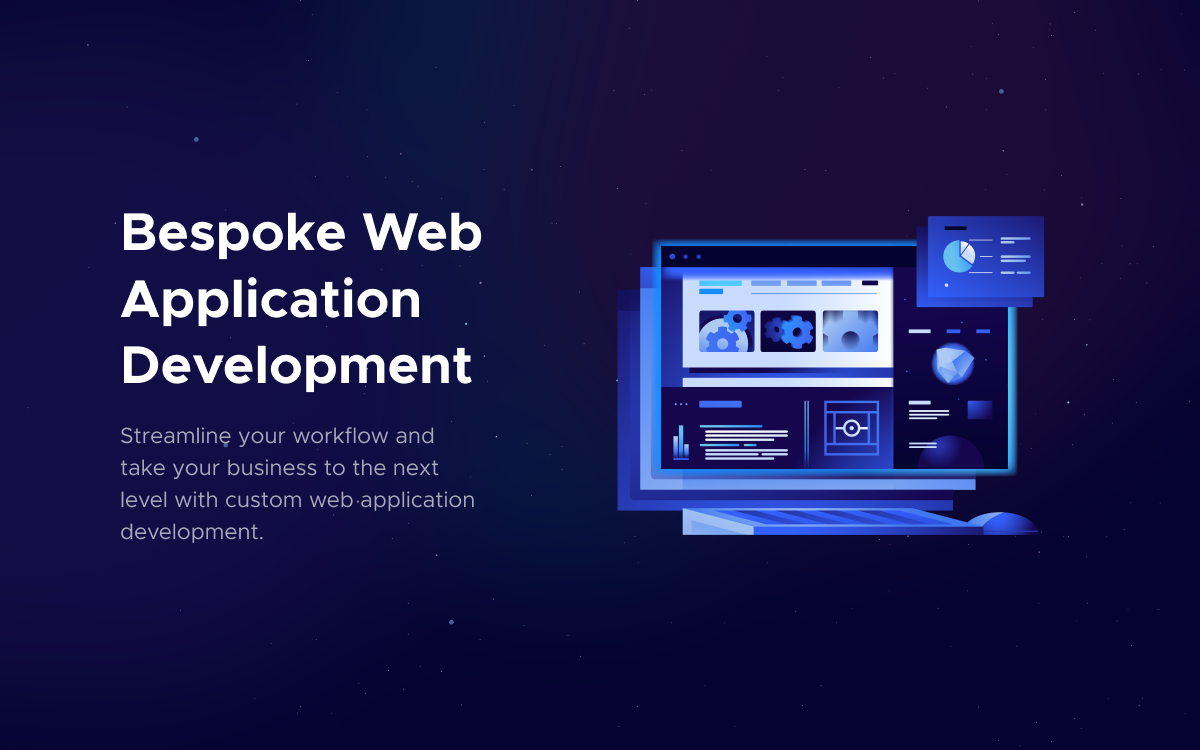
Need Help With A Project?
Drop us a line, let’s arrange a discussion





